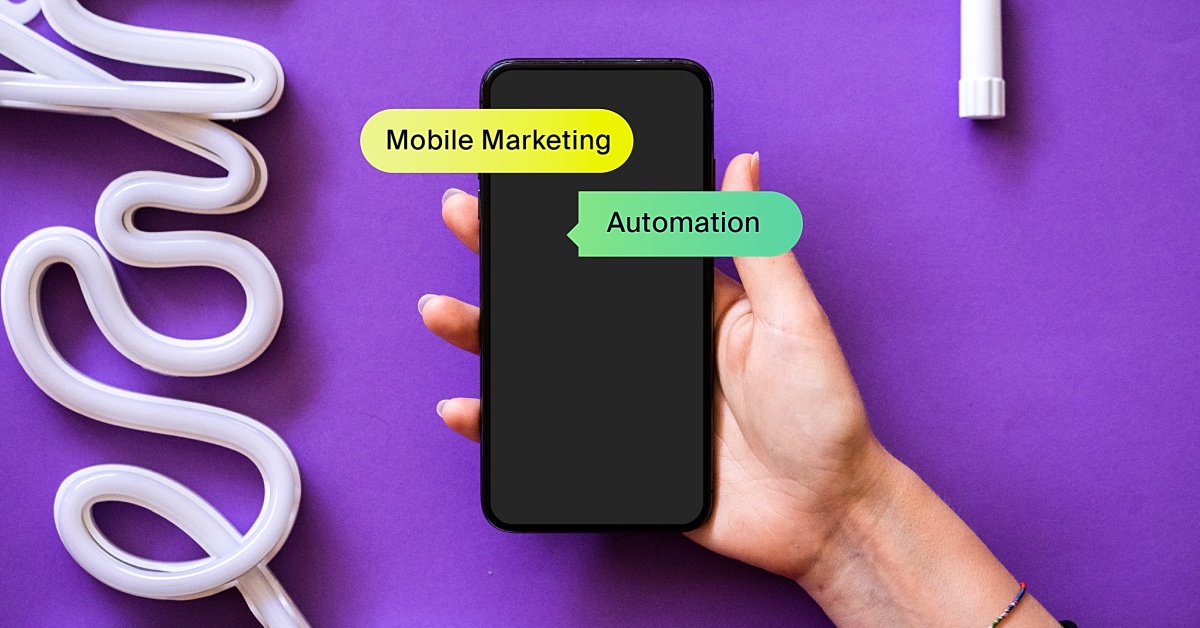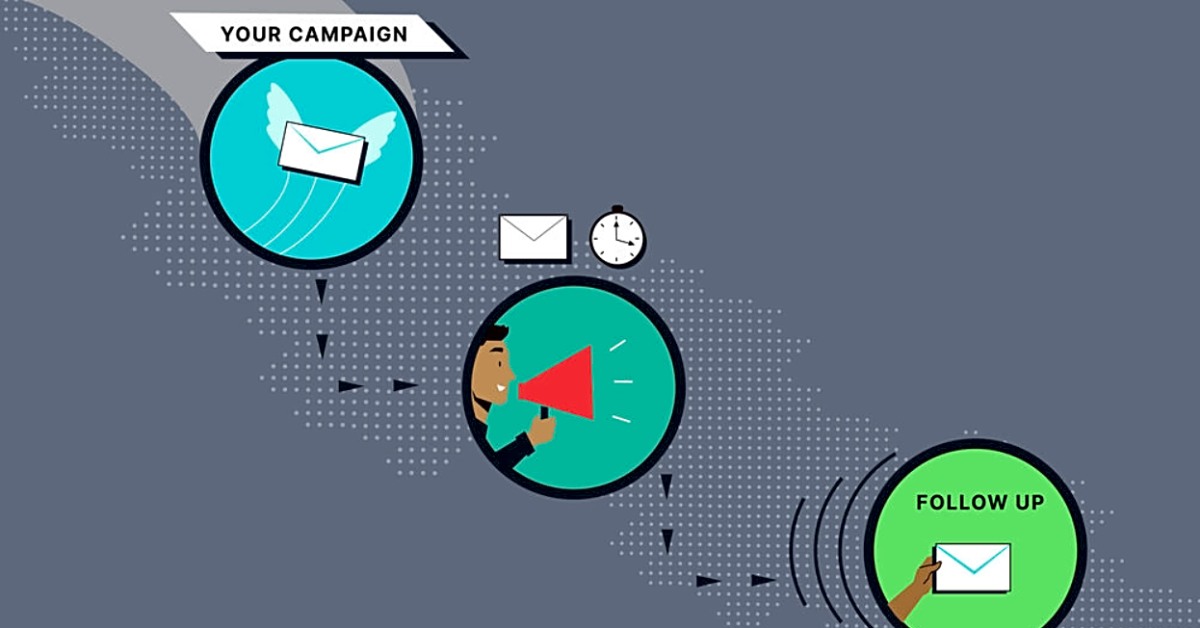Targeted messaging for different customer segments is a crucial aspect of any successful marketing strategy. In today’s competitive business landscape, it is more important than ever to personalize and tailor your messaging to specific customer groups. This not only helps to attract and retain customers, but also improves overall customer satisfaction and loyalty. However, manually creating and managing targeted messaging for different segments can be a time-consuming and daunting task. That’s where marketing automation comes in. In this article, we will explore the benefits of using marketing automation to streamline and automate your targeted messaging processes. Whether you’re a small business or a large enterprise, implementing targeted messaging through marketing automation can significantly improve your marketing efforts and drive better results. So let’s dive in and discover how you can leverage the power of targeted messaging for different customer segments to take your marketing to the next level.
In today’s fast-paced world, marketing automation has become a crucial tool for businesses looking to streamline and automate their marketing processes. By utilizing targeted messaging for different customer segments, you can effectively reach and engage with your audience, leading to increased conversions and a more personalized customer experience.
To begin, let’s define marketing automation. It refers to the use of software and technology to automate repetitive marketing tasks such as email campaigns, social media posting, and lead nurturing. By automating these tasks, businesses can save time and resources while still maintaining a consistent and personalized approach to their marketing efforts. This not only increases efficiency but also allows businesses to focus on other important aspects of their operations.
Targeted messaging is an essential component of marketing automation. It involves creating specific and personalized messages for different customer segments based on their interests, behaviors, and demographics. This allows businesses to tailor their marketing efforts to the unique needs and preferences of each segment, increasing the chances of engaging and converting them into customers.
One of the key benefits of targeted messaging is its ability to improve targeting and personalization. By understanding the needs and preferences of different customer segments, businesses can create more relevant and compelling messages that resonate with their audience. This not only increases the likelihood of conversions but also helps establish a stronger connection with customers, leading to increased loyalty and retention.
Moreover, targeted messaging allows businesses to deliver the right message at the right time. By utilizing data and analytics, businesses can determine the most effective channels and timing for reaching each customer segment. This ensures that messages are delivered when they are most likely to be seen and acted upon, resulting in higher engagement rates and conversions.
Another important aspect of targeted messaging is its ability to streamline and automate the marketing process. With the use of automation tools, businesses can set up targeted messages to be delivered automatically, saving time and resources. This also ensures consistency in messaging and reduces the risk of human error, resulting in a more efficient and effective marketing strategy.
In conclusion, targeted messaging is a crucial element of marketing automation that can greatly benefit businesses in terms of improved targeting and personalization. By utilizing this approach, businesses can effectively engage with different customer segments and streamline their marketing processes, leading to increased conversions and a more personalized customer experience. As the world of marketing continues to evolve, targeted messaging will become even more essential for businesses looking to stay ahead of the competition and connect with their audience in a meaningful way.
Understanding Your Audience
Before you can effectively target your messaging, you need to understand your audience.
Measuring and Adjusting
To ensure the success of your targeted messaging, it’s crucial to regularly measure and adjust your strategies based on data and feedback from your audience.
Implementing Effective Strategies
To use marketing automation effectively, you need to have a solid strategy in place. This includes setting goals, defining your target audience, and creating a content plan that aligns with your messaging.
Utilizing Automation Tools
There are various tools and software available that can assist with marketing automation, such as email marketing platforms, social media schedulers, and customer relationship management (CRM) systems. These tools provide businesses with the ability to automate repetitive tasks, segment their audience, and personalize their messaging for different customer segments.
Tailoring Your Messaging
One of the key benefits of using marketing automation is the ability to tailor your messaging for different customer segments. By segmenting your audience based on their interests, behaviors, and demographics, you can create personalized messages that speak directly to each group’s unique needs and pain points.
This level of targeting not only helps to capture the attention of your audience, but it also increases the chances of converting them into customers. With targeted messaging, you can address their specific pain points and offer solutions that are relevant to their interests, making them more likely to engage with your brand.
Moreover, by using marketing automation tools, you can automate the process of sending out targeted messages, saving you time and resources. With just a few clicks, you can set up automated email campaigns that are tailored to each segment, ensuring that your messaging is consistent and relevant across all channels.
In conclusion, by utilizing targeted messaging for different customer segments, businesses can not only streamline and automate their marketing processes but also improve their targeting and personalization efforts. With the right approach and tools, you can effectively reach and engage with your audience, leading to increased conversions and a more personalized customer experience.
Segmenting Your Audience
One of the key components of successful targeted messaging is segmenting your audience. This involves dividing your customer base into smaller, more specific groups based on various factors such as demographics, behavior, and interests. By doing so, you can tailor your marketing efforts to each segment, increasing the relevance and effectiveness of your messages.
Segmentation allows you to better understand the specific needs and preferences of different customer segments. For example, a younger demographic may respond better to social media marketing, while an older demographic may prefer email communication. By segmenting your audience, you can ensure that your messaging reaches the right people through the right channels.
Additionally, segmentation allows for more personalized and targeted messaging. By grouping customers with similar characteristics together, you can create messages that are relevant and relatable to their specific needs and interests. This can lead to higher engagement and conversions, as customers are more likely to respond positively to messages that speak directly to them.
There are various ways to segment your audience, including by demographics (age, gender, income), behavior (purchase history, website activity), or interests (hobbies, preferences). It is important to have a clear understanding of your audience before beginning the segmentation process. This can be achieved through market research, customer surveys, and data analysis.
Once you have a thorough understanding of your audience, you can begin segmenting them into different groups. This may involve creating customer personas or using data segmentation tools. Whatever method you choose, the key is to ensure that your segments are specific enough to effectively target your messaging.
By segmenting your audience, you can streamline and automate your marketing processes even further. With the help of marketing automation tools, you can create and schedule targeted messages for each segment, saving time and effort while still providing a personalized experience for your customers.
Marketing automation offers numerous benefits for businesses, including improved targeting and personalization. By understanding your audience, segmenting them into different groups, and utilizing automation tools and effective strategies, you can streamline your marketing processes and create personalized messaging that resonates with your customers. With the ever-growing demand for more personalized experiences, marketing automation is a valuable tool for businesses looking to stay ahead of the competition.



